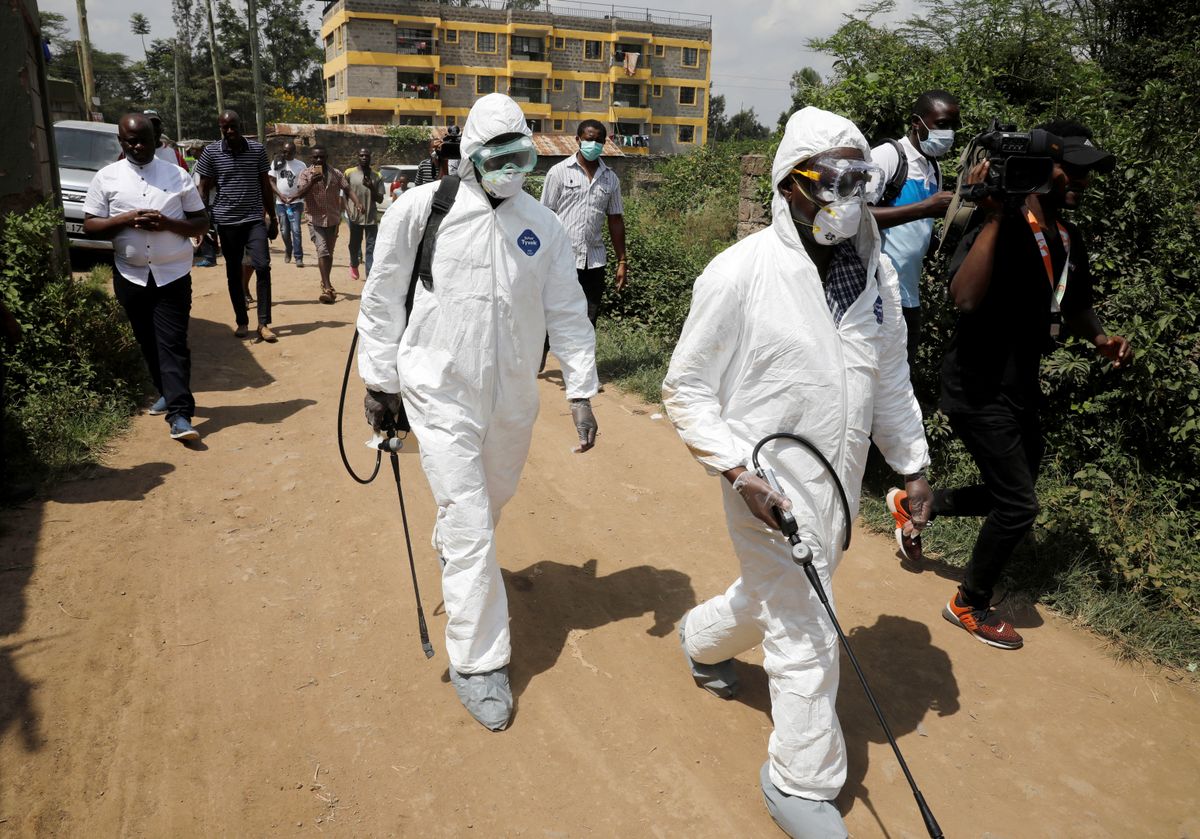Novel infections are popping up worldwide, and experts are rushing to respond
Since the 1970s, around 40 infectious diseases have been discovered.

A few minutes every morning is all you need.
Stay up to date on the world's Headlines and Human Stories. It's fun, it's factual, it's fluff-free.
The backstory: Since the 1970s, around 40 infectious diseases have been discovered, with the World Health Organization (WHO) warning that they’re appearing at a rate the world hasn’t seen before. This includes Ebola, SARS, Zika and COVID.
There are several reasons that these infectious diseases are popping up or reappearing. They include things like antimicrobial resistance, which is when a microorganism – a bacteria or a virus – changes and becomes resistant to medications that used to fight it effectively. Or climate change – because the habitats we share with other animals and insects also change. For example, with the Earth becoming warmer, mosquitoes and all the diseases they carry can now cover more regions than before.
The development: Now, with no quick fixes in sight, governments, industry experts and public responders are trying to band together to get a heap better at responding to these outbreaks.
In February, Rolaing, a rural village in Cambodia, became a public health zone after an 11-year-old girl died of H5N1 avian flu. H5N1 is the most severe strain of bird flu, and her death was the first in the country since 2014. Now, mind you, H5N1 isn’t new; it was first discovered over 25 years ago in southern mainland China and Hong Kong. Typically, it infects birds and is known to have a high death rate among infected poultry, but it doesn’t usually affect humans. But, there’s continued close monitoring of the situation and preparedness for it to change at literally any time.
Within a day, local health responders identified some of the girl’s close contacts, set up a makeshift testing center and searched for others with the virus – all in one of Asia’s poorest nations. The reality is that how efficiently and effectively we can respond to these viruses will determine how well we can respond to the next outbreak and pandemic, whether that’s H5N1 or something else.
Key comments:
“If there was an outbreak in Europe, the Middle East, America or Mexico tomorrow of H5N1 in humans, we wouldn't be able to vaccinate the world within 2023,” said former Wellcome director and soon-to-be WHO chief scientist Jeremy Farrar.
“We built a strong health system here during COVID, and it has paid off. Tools from the COVID response we can use for this event. The master plan, these key elements, were still relevant. With COVID, we learned you have to be ready to immediately go, day or night,” said Or Vandine, Cambodia’s Secretary of State for Health, adding, “If the community doesn’t engage, you fail.”
According to Hikmet Karakoc, author of the 2010 book “Global Warming: Engineering Solutions,” the best way to prevent the spread of the bird flu is “identify the people and communities that are most at risk” and to “provide basic information on prevention and control of avian influenza to these people as they are at greatest risk of being exposed to the disease.”




Comments ()